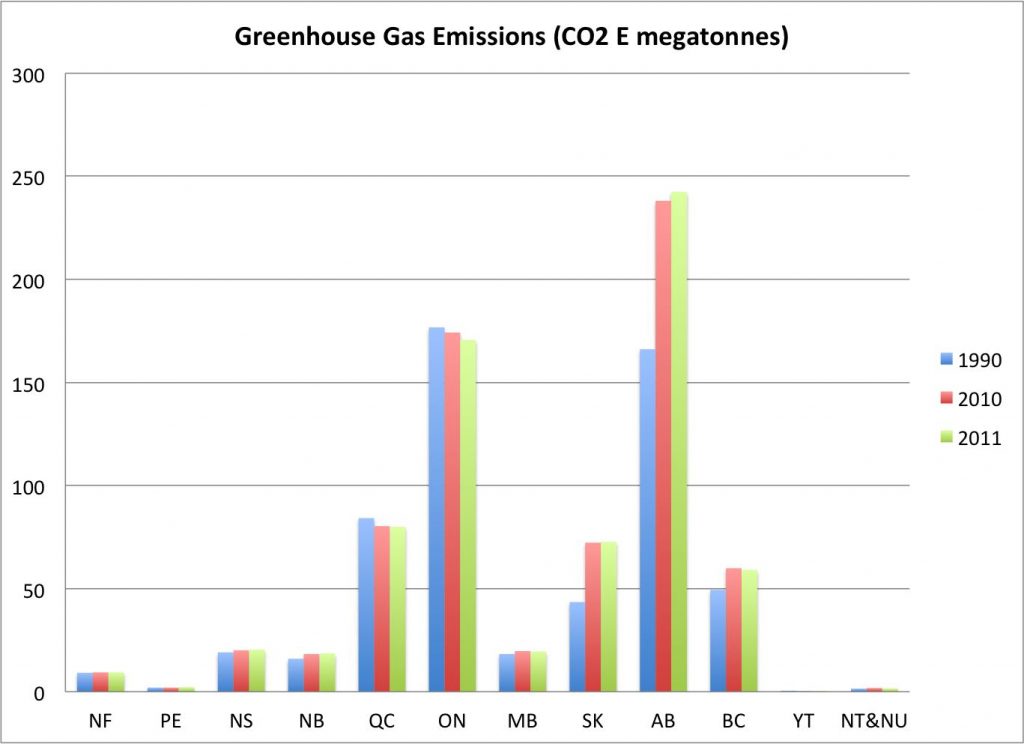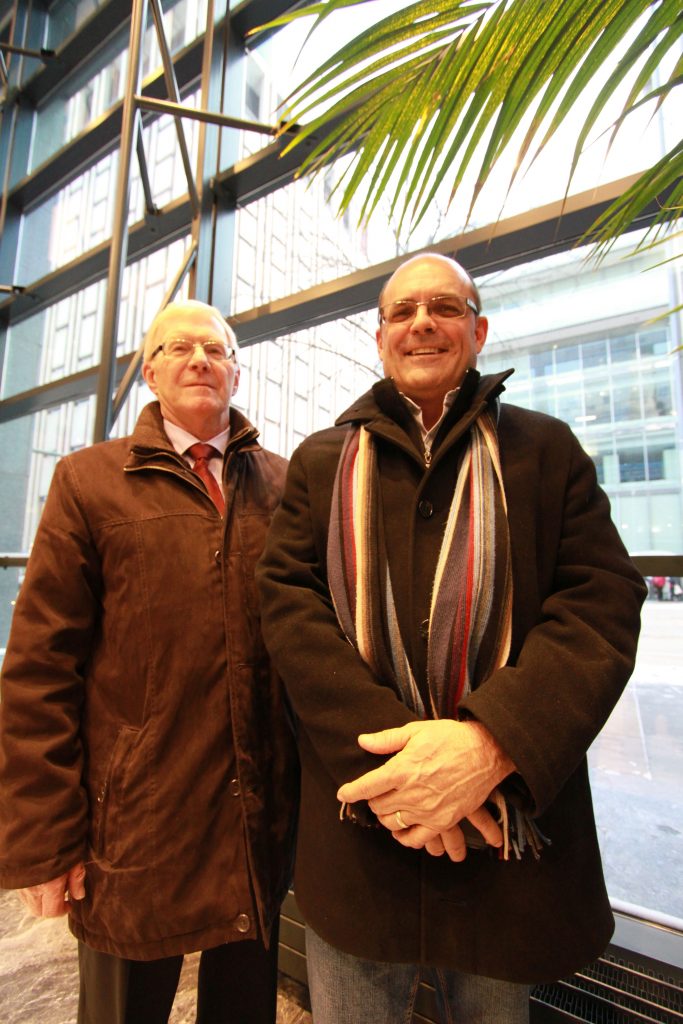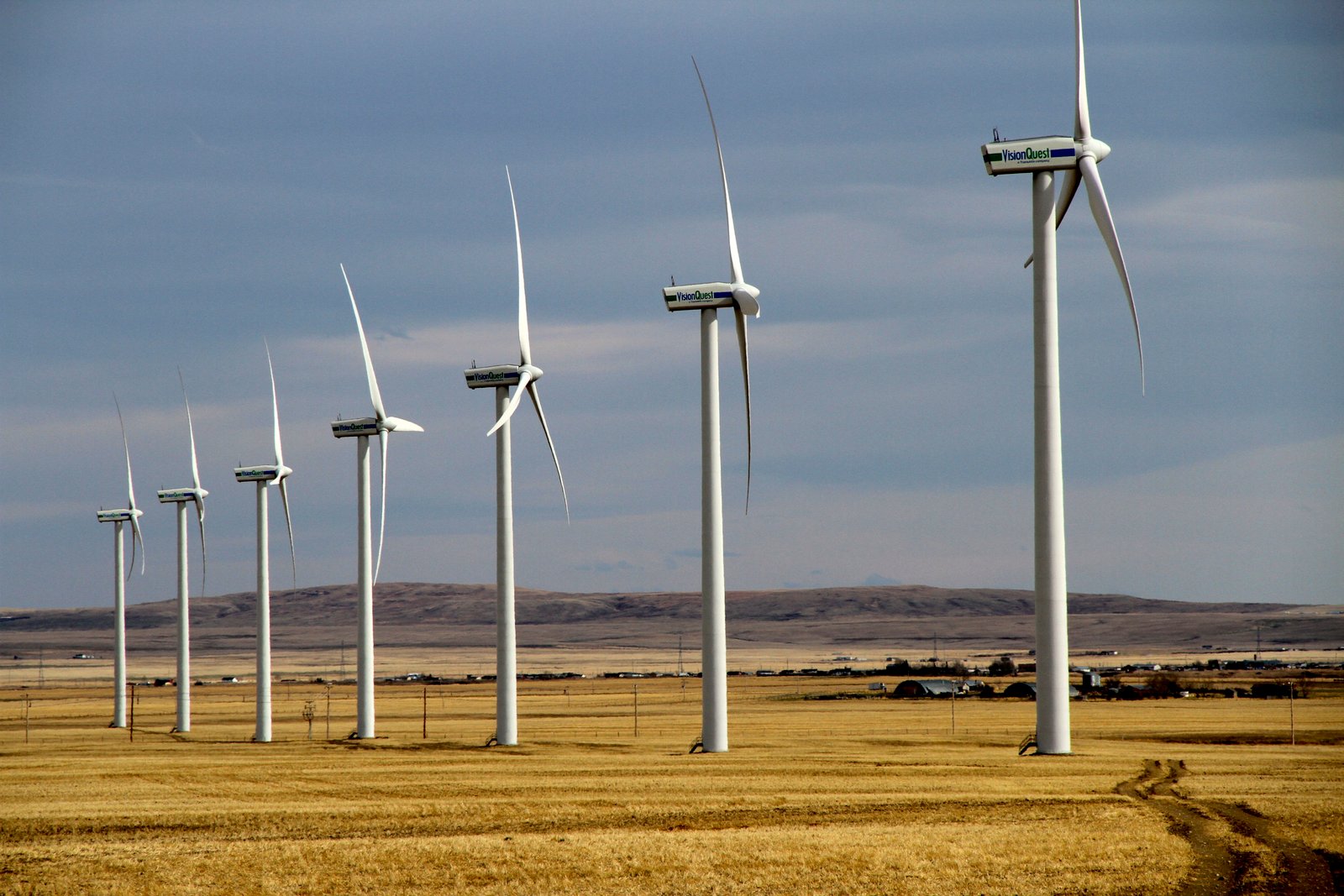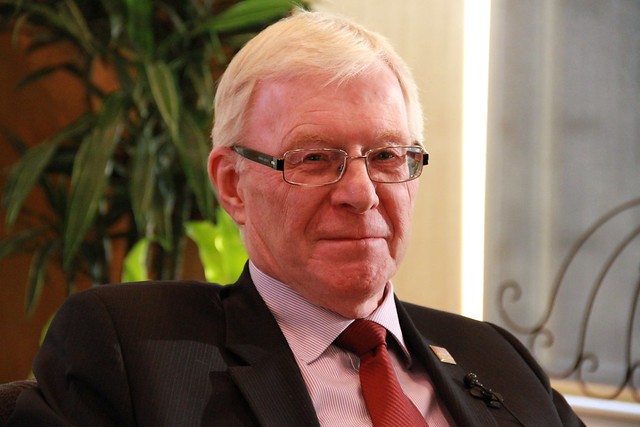By David Dodge and Duncan Kinney
When it comes to dealing with carbon emissions Alberta has a daunting challenge – Alberta emits more GHGs than any other province and the numbers are going up not down. Alberta is the carbon emissions capital of Canada.

This graph is from Environment Canada and uses 2011 data. Click here for the source of this graph.
Back in 2007 in an effort to get out in front of the issue Alberta passed a law requiring large emitters of greenhouse gases (100,000 tonnes of GHGs a year or more) to scale back the intensity of their emissions by 12 per cent below an agreed upon baseline. The emitters were then required to pay a $15 so-called carbon levy on any emissions over their targets. We’re talking electrical generators, oil sands operations, chemical manufacturing and the like.
Since 2009, $380 million has been collected with $212 million of it being invested so far. Of the money that’s been spent $98 million has been invested in renewables, $38.7 million in energy efficiency with the rest going to greening fossil fuel production and carbon capture and storage. That’s 64 per cent of the money invested so far going into renewables and energy efficiency.
Green energy geek out
Head to the CCEMC website and check out the renewable energy projects and there are some cool projects to geek out over. There is a bio-refinery in Hairy Hill, Alberta that caught the attention of David Lewin, the vice-chair of the CCEMC.

David Lewin and Kirk Andries of the CCEMC. Photo David Dodge, Green Energy Futures
“This is where the proponent takes animal waste and turns it into three things; fertilizer, green power for his operations and ethanol,” says Lewin.
“That’s an exciting project because it’s the start of potentially a new bio-refinery industry in the province which could be expanded to other areas. We have a lot of animal waste issues within the province.”
The CCEMC also invested $10 million into the Blackspring Ridge project, a $600 million 300-megawatt wind farm in southern Alberta.
“They have a specific turbine on the wind that can generate power at a low wind area … If this technology proves successful, and we’re confident it will, it will open up the marketplace for much more wind development,” says Kirk Andries, managing director for the CCEMC.
They’ve even invested in Landmark Homes, a company we’ve featured here on Green Energy Futures before.
“We are assisting them in financing changes to their manufacturing process to internalize the ability to deliver all the technologies that are required to create net zero homes in an efficient way,” says Andries.
And that’s just a few of the projects. There’s a large biogas operation, a concentrated solar thermal project, several waste to energy projects and there’s even a battery project attached to a wind farm. There is a support for improving industrial processes too, which is not a surprise since 70 per cent of Alberta’s greenhouse gas emissions come from industry.
Greenhouse gas reductions?
The bottom line for the CCEMC though is reducing carbon emissions. Spurring on innovation and stimulating investment in new clean tech businesses are nice to haves too.
“On average for every dollar that we spend we get a leverage of about five and in total we have about $1.3 billion dollars worth of R and D and development projects in the works today,” says Andries.
This sounds like awesome news and it is, but it’s interesting that $600 million in investment comes from one project, the Blackspring Ridge 300 megawatt wind project. Interestingly too about 40 per cent of the greenhouse gas reductions, 4.2 mega tonnes, also come from this same project.
This tells us two things: Renewable energy can deliver serious emissions reductions and it can also deliver serious investment.
The CCEMC is also investing funds in ideas like cogeneration and energy efficiency and in terms of delivering good economics and emissions reductions those two are proven performers.
A recent study from the Alberta Energy Efficiency Alliance suggests Alberta can get 27 megatonnes, half of Alberta’s emissions reductions 2020 goal from energy efficiency programs .
Currently projects that the CCEMC have invested in will only get Alberta to 20 per cent of the way to its 2020 goal.
Alberta already knows it will not meet its 2020 emissions reduction targets and is presently revaluating its climate change strategy. It has appointed a new associate minister of Electricity and Renewable Energy but because the regulation only applies to a small amount of emissions and the $15 charge isn’t indexed to inflation the design of the CCEMC falls short in a couple of key points.
The Alberta government will no doubt continue to work on carbon capture and storage and other technologies to help it’s core fossil fuel industries reduce emissions but it seems that bigger emissions reductions may require putting more effort into supporting new renewable energy industries and energy efficiency.


